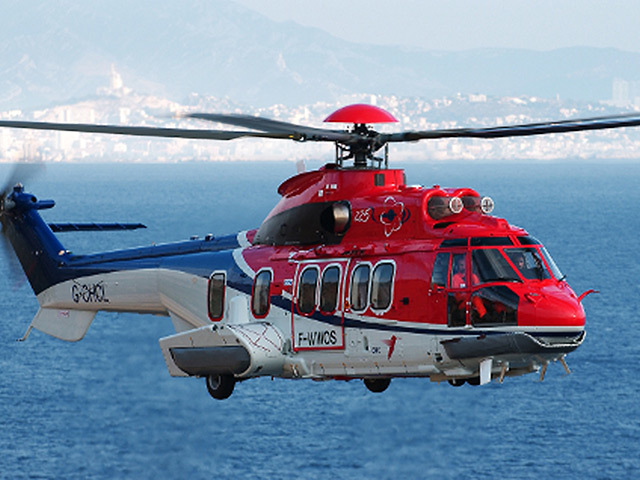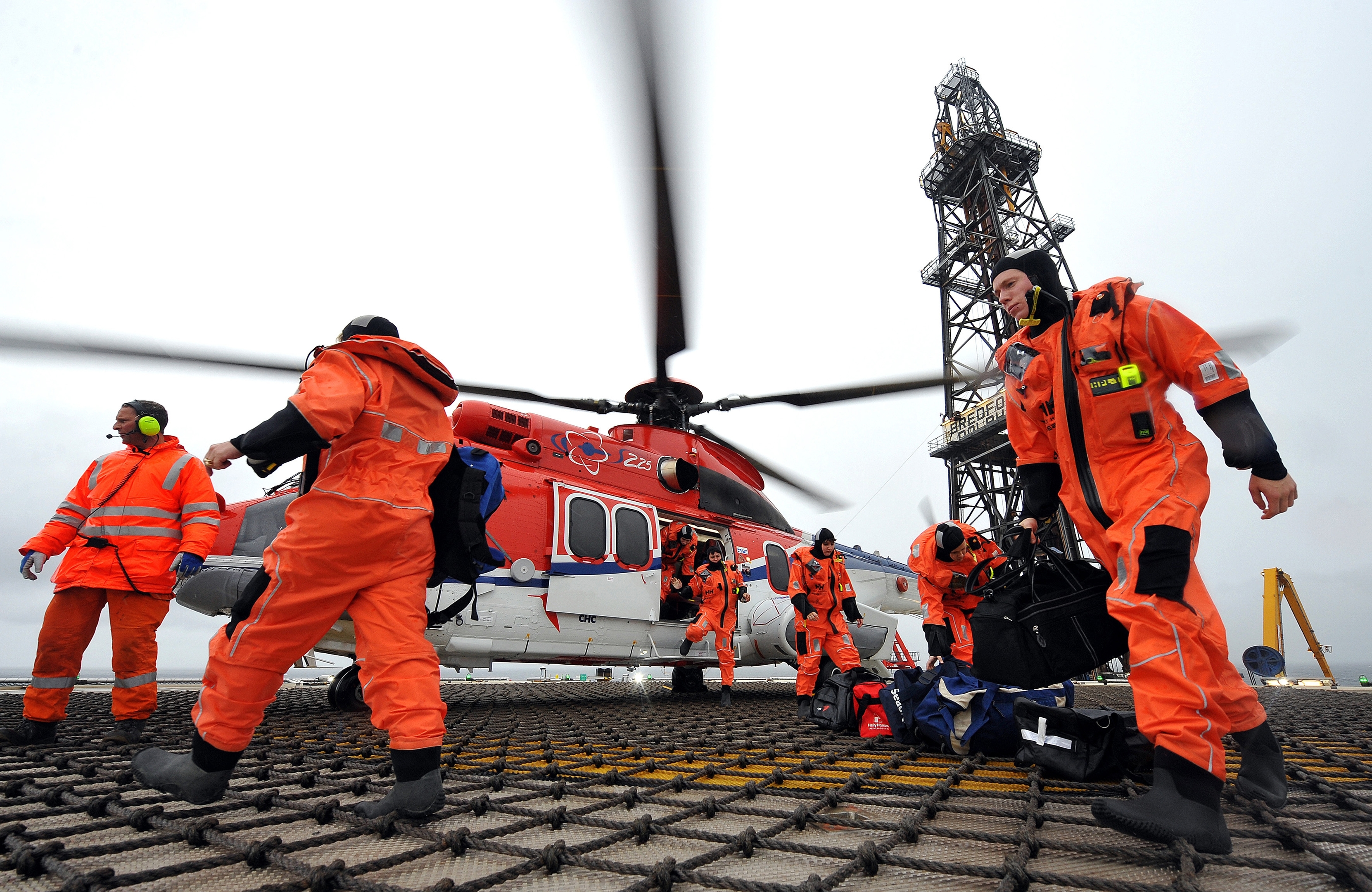
North-east helicopter operators have been forced to carry out safety checks after a panel flew off a Super Puma in mid-air.
The Eurocopter EC225 was being delivered to its new owners from the company’s factory in France when a cowling which covers one of its emergency liferafts became loose.
An investigation found that interference between the aircraft’s liferaft release system and a locking hook which was incorrectly positioned during installation was to blame for the fault.
An airworthiness directive issued by the European Aviation Safety Agency (EASA) requires all EC225s to be inspected along with all AS332L2s – the same type of helicopter which crashed near Shetland last month killing four passengers.
The directive states: “An occurrence of loss of a sponson life raft ejectable cowling was reported during an EC225 helicopter delivery flight.
“This condition, if not detected and corrected, could lead to the in-flight loss of the liferaft ejectable cowling and consequent hazardous inflation of the liferaft.”
After the directive was issued operators were required to inspect their aircraft before their next flight to ensure the cowlings were secure.
Any affected helicopters had to be repaired before they could fly again.
A spokeswoman for CHC Helicopter, which operated the aircraft which crashed last month, said: “We comply with all air worthiness directives.”
A Bond Offshore Helicopters spokesman said: “We are committed to the highest standards of safety.
“We fully comply with all current requirements of regulatory authorities and aircraft manufacturers, to ensure the continuing airworthiness of our fleet.”
Both Bristow Helicopters and manufacturers, Eurocopter, declined to comment on the advisory notice. Bristow did say it did not operate the L2 model, only the EC225.
Recommended for you
